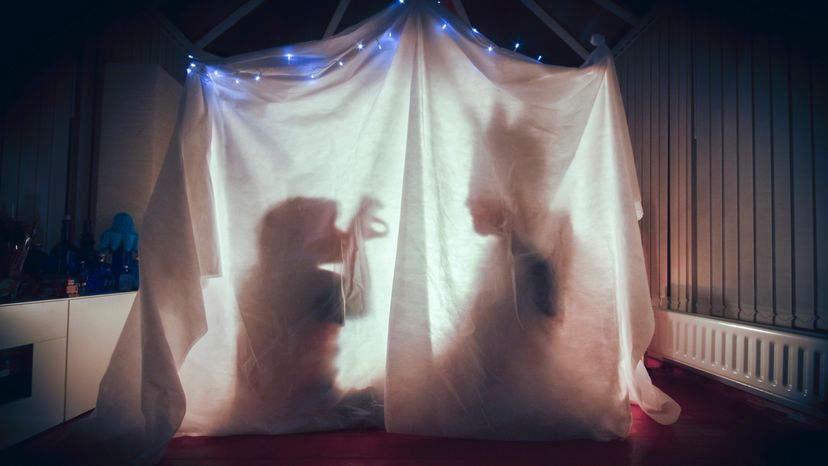
Key Takeaways
- American folklore is rich with tales passed down through generations, blending history, myth and imagination.
- These legends often feature iconic figures like Paul Bunyan, Johnny Appleseed and Pecos Bill, each embodying different aspects of American culture and values.
- Through storytelling, these legends continue to shape American identity and inspire fascination with the country's history and landscape.
The grit and determination of the American pioneers was truly impressive. Those who crossed the country to settle the West, slogged through the muggy South, and fished the seas and wild rivers all had to face formidable obstacles including famine, predators, and what must have been extended periods of sheer boredom.
Without television and movies, entertainment in late 18th- and early 19th-century America was limited to campfire stories and tales told around the fireplace. You can't blame storytellers for embellishing here and there to raise interest levels and inspire tired and weary listeners. The following folk legends helped pioneers cope with uncertainty during hard times and inspired the blind ambition needed to explore the American frontier.
Advertisement